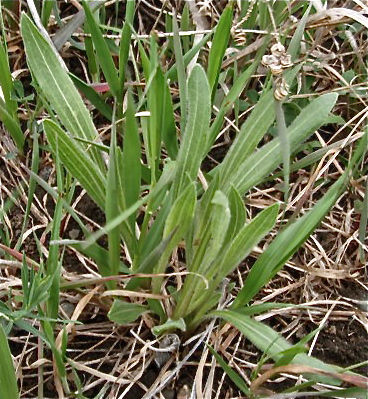Does receiving the maximum amount of pollination vs. no pollen at all affect a plant’s longevity or likelihood of flowering in subsequent years? In this experiment we assess the long-term effects of pollen addition and exclusion on plant fitness. In 2012 and 2013 we identified flowering E. angustifolia plants in experimental plot 1 and randomly assigned one of two treatments to each: pollen addition or pollen exclusion. When plants flower in subsequent years they receive the same treatment they were originally assigned.
Across all experiments, 2016 was a low flowering year. Only four plants flowered of the 29 plants remaining in the pollen addition and exclusion experiment. We continued experimental treatments on these plants and recorded fitness characteristics.
Start year: 2012
Location: Experimental plot 1
Physical specimens: We harvested four flowering heads from this experiment that will be processed with the rest of the experimental plot 1 heads to determine achene count and proportion of full achenes. The labels for these heads, beginning with the letter “p,” identify them as part of the pollen addition and exclusion experiment.
Data collected: We recorded data electronically as part of the overall assessment of plant fitness in experimental plot 1. We recorded dates of bagging heads and pollen addition on paper datasheets.
You can find more information about the pollen addition and exclusion experiment and links to previous flog posts regarding this experiment at the background page for the experiment.


Leave a Reply